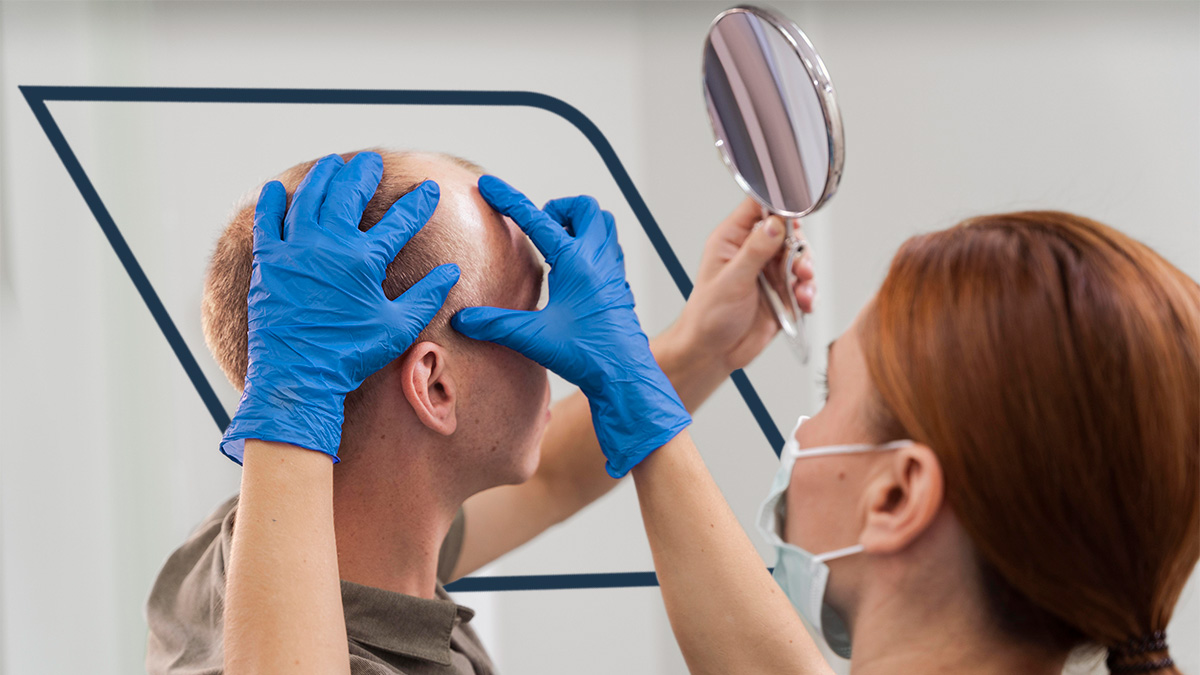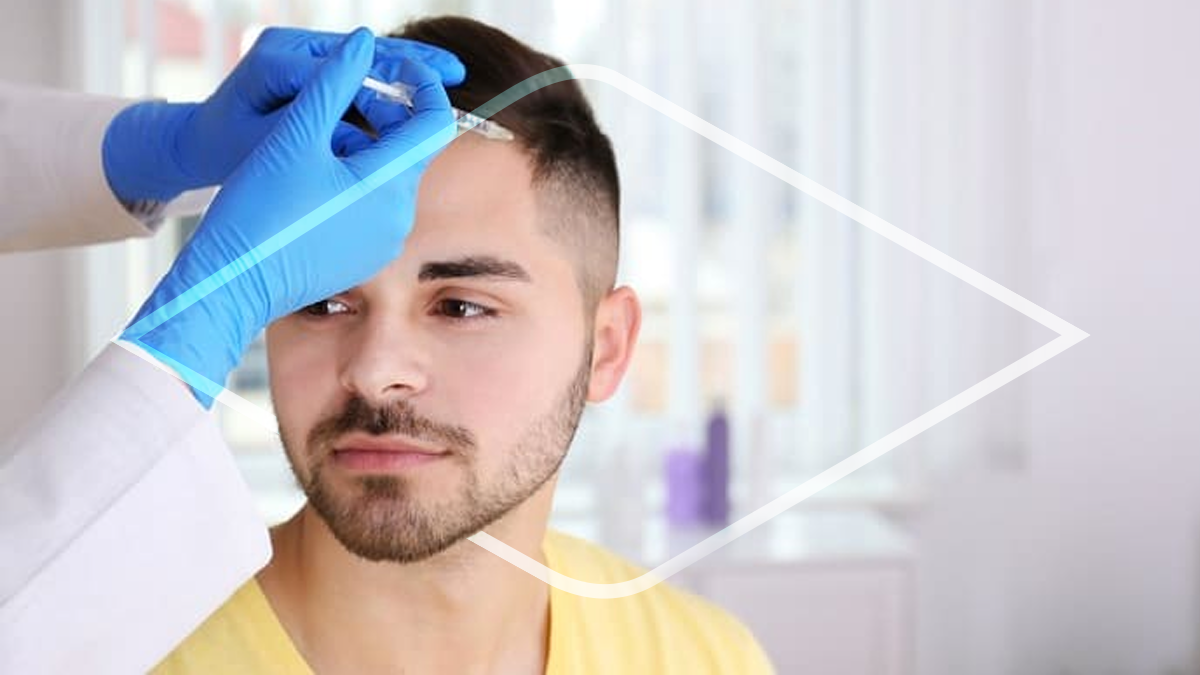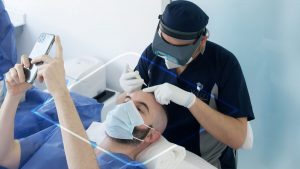Hair loss is a pervasive concern affecting millions of adults across the United States, influencing self-confidence, social perception, and professional opportunities. Selecting a qualified Hair Transplant Doctor is essential to achieve durable, natural-looking results while minimizing procedural risks. Expertise, surgical precision, and access to advanced technologies are key differentiators among practitioners in the field.
Roles and Responsibilities of a Hair Transplant Doctor
A Hair Transplant Doctor is responsible for:
- Patient Assessment: Evaluating hair loss patterns, donor area quality, and overall health.
- Surgical Planning: Designing a personalized restoration plan, determining graft placement, and selecting the appropriate technique.
- Execution of Procedures: Performing FUE, FUT, DHI, or robotic-assisted transplants with precision and safety.
- Postoperative Care: Monitoring recovery, prescribing medications, and providing long-term follow-up to ensure optimal hair growth.
The combination of clinical expertise, artistic judgment, and patient-centered care defines the quality of a Hair Transplant Doctor.
Qualities to Look for in a Hair Transplant Doctor
When selecting a surgeon, several factors should guide decision-making:
- Board Certification: Ensure the doctor is certified in dermatology, plastic surgery, or hair restoration surgery.
- Clinical Experience: Years of practice, number of procedures performed, and experience with complex hair loss cases.
- Technological Proficiency: Competence in advanced techniques such as robotic-assisted FUE, DHI, and high-density grafting.
- Aesthetic Sensibility: Ability to design natural hairlines and maintain facial symmetry.
- Patient Communication: Clarity in explaining procedures, risks, and expected outcomes.
A thorough evaluation of these qualities increases the likelihood of achieving predictable and satisfying results.
Hair Transplant Techniques Performed by Top Doctors
Follicular Unit Extraction (FUE)
FUE involves harvesting individual follicular units from the donor area:
- Minimally invasive with minimal scarring.
- Suitable for small to moderate hair loss.
- Allows precise placement in the frontal hairline and temples.
Follicular Unit Transplantation (FUT)
FUT is appropriate for patients requiring large graft quantities:
- Involves removal of a scalp strip for dissection into individual units.
- Offers high graft yield for extensive hair restoration.
- Modern closure techniques reduce linear scarring.
Direct Hair Implantation (DHI)
DHI enables precise, controlled graft placement:
- Utilizes specialized implantation pens.
- Reduces graft handling, increasing survival rates.
- Ideal for high-density hairline reconstruction.
Robotic-Assisted Hair Transplant
Robotic systems enhance accuracy and efficiency:
- Automated extraction minimizes human error.
- Supports complex cases with limited donor areas.
- Improves procedural speed while maintaining safety.
Clinic Selection and Doctor Credentials
Selecting a Hair Transplant Doctor involves evaluating the clinic and its services:
| Clinic | Doctor Experience | Techniques Offered | Patient Reviews | Key Strengths |
|---|---|---|---|---|
| Elite Hair Institute | 15+ years | FUE, FUT, DHI | 4.9/5 | High-density transplants, personalized plans |
| Precision Hair Center | 12+ years | FUE, Robotic FUE | 4.8/5 | Advanced robotic technology, detailed consultation |
| Coastal Hair Surgeons | 18+ years | FUT, DHI | 4.7/5 | Experienced team, natural hairline design |
Evaluating both the doctor’s experience and clinic infrastructure ensures patients receive safe, high-quality care.
Cost Factors for Consulting a Hair Transplant Doctor
Pricing varies according to procedure type, graft count, and surgeon experience:
| Procedure | Average Grafts | Estimated Cost |
|---|---|---|
| FUE | 1,500–2,500 | $6,500–$13,000 |
| FUT | 2,000–3,500 | $5,500–$11,000 |
| DHI | 1,500–2,500 | $8,500–$15,500 |
| Robotic FUE | 1,800–3,200 | $7,000–$14,000 |
Additional costs may include post-operative medications, PRP therapy, and follow-up appointments. Financing options are often offered to make treatments more accessible.
Patient-Centered Approach in Hair Transplant Practices
Top Hair Transplant Doctors focus on patient-centered care:
- Comprehensive Consultations: Detailed evaluation of hair loss and donor areas.
- Transparent Communication: Explanation of risks, procedure details, and expected outcomes.
- Structured Follow-Up: In-person or virtual monitoring to ensure graft survival and patient satisfaction.
A patient-centered approach fosters confidence, reduces anxiety, and improves overall outcomes.
Technological Innovations in Hair Restoration
Leading doctors incorporate advanced technologies to optimize results:
- PRP Therapy: Promotes hair follicle growth and accelerates recovery.
- Stem Cell Applications: Enhances regenerative potential in thinning areas.
- High-Density Transplants: Achieves natural fullness, even in severe hair loss.
- Digital Hairline Design: Combines aesthetic principles with precise measurements for optimal placement.
These innovations ensure that patients receive care aligned with the latest clinical research and technological advancements.
Psychological and Social Impact
Hair restoration significantly influences patient well-being:
- Increases confidence and self-esteem.
- Enhances social and professional interactions.
- Reduces anxiety associated with hair loss.
Studies from Journal of Cosmetic Dermatology and Dermatologic Surgery demonstrate the positive psychosocial effects of hair transplantation under experienced doctors.
Risks and Precautions
Potential risks when consulting a Hair Transplant Doctor include:
- Temporary shock loss of existing or transplanted hair.
- Infection or inflammation if sterile protocols are not followed.
- Uneven density or unnatural hair growth patterns.
- Scarring, especially in FUT procedures.
Selecting a qualified doctor and adhering to post-operative care protocols minimizes these risks and ensures optimal outcomes.
How do I choose the right Hair Transplant Doctor?
Verify board certification, clinical experience, technique proficiency, and patient reviews. Ensure clear communication and access to advanced hair restoration technologies. Reviewing before-and-after galleries helps set realistic expectations.
Consulting a skilled Hair Transplant Doctor ensures safe, effective, and aesthetically pleasing hair restoration outcomes. By evaluating credentials, surgical expertise, clinic infrastructure, and patient-centered care, individuals can achieve natural, long-lasting results. This foundation naturally leads to exploring emerging trends in hair transplantation worldwide, including minimally invasive techniques and regenerative medicine applications shaping the future of hair restoration.







